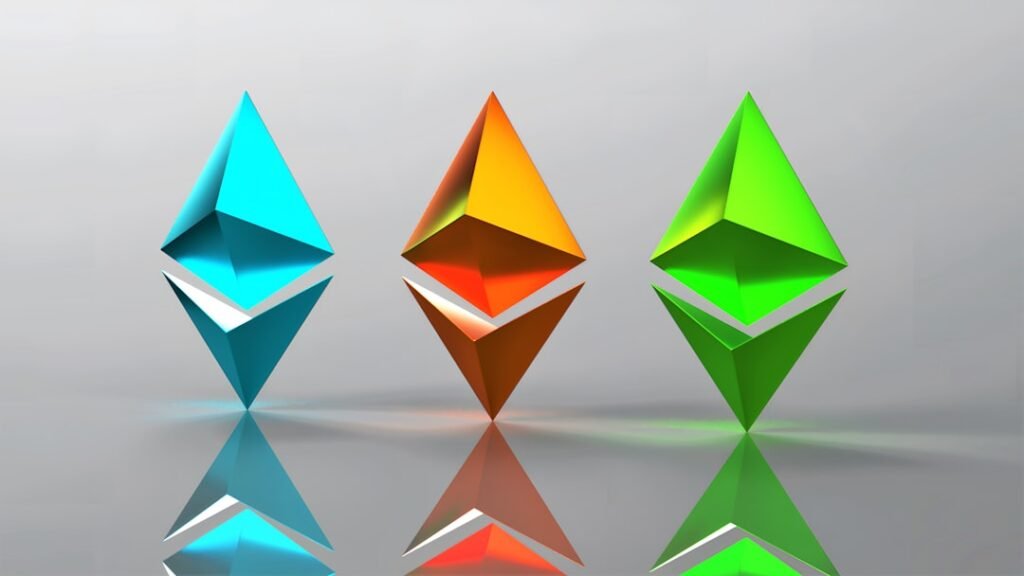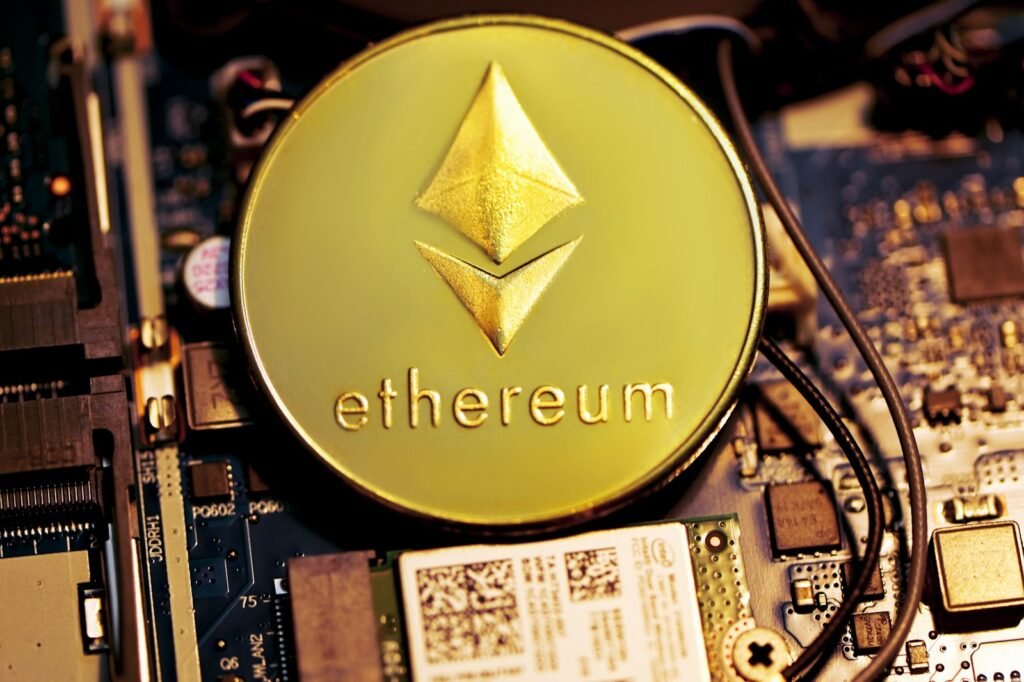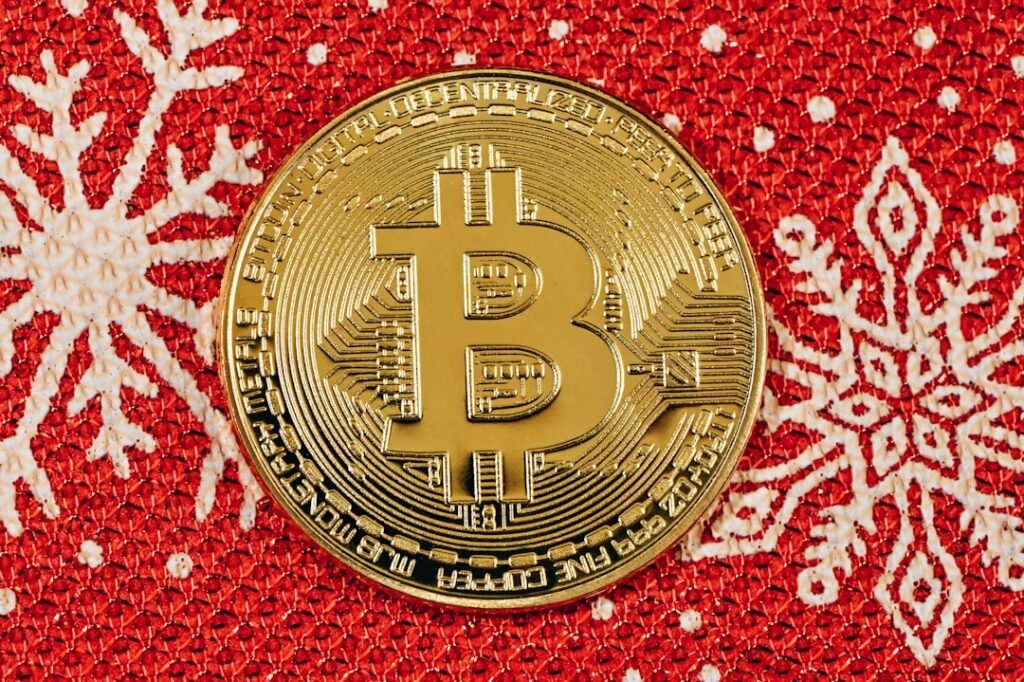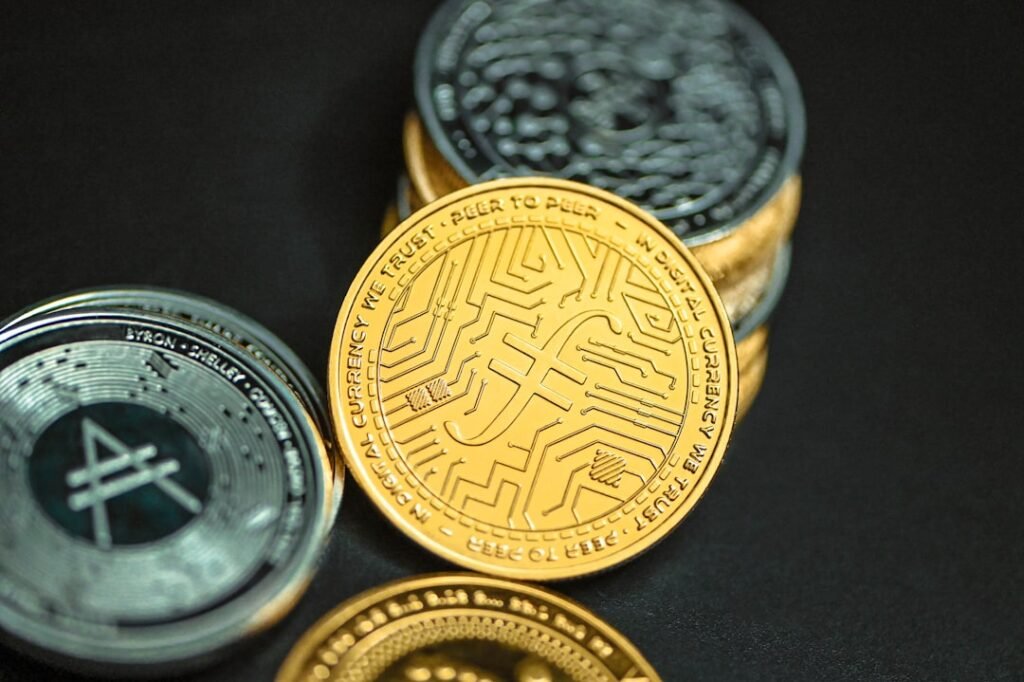Where Are the 2023 DeFi Investment Opportunities? Must-See Potential Tracks
The DeFi (decentralized finance) industry continues to evolve rapidly, presenting compelling opportunities despite market volatility. While 2022 saw significant challenges – including a 50%+ market value decline, the collapse of major platforms like FTX, and broader economic pressures – 2023 is witnessing the emergence of resilient trends and innovative technologies. Understanding these key areas is crucial for identifying high-potential investment tracks in the decentralized finance landscape.
1. Crypto Bridges: Unlocking Cross-Chain Liquidity
A fundamental limitation in blockchain technology has been the inability to seamlessly transfer assets between different networks. Crypto bridges are solving this, creating vital infrastructure for the future of DeFi:
- Trusted Bridges: Utilize a central authority to facilitate the transfer of native coins or tokens across blockchains. While efficient, they carry counterparty risk and potential censorship vulnerabilities.
- Trustless Bridges: Rely on smart contracts and algorithms for cross-chain transfers, eliminating the need for a central intermediary. The critical challenge lies in ensuring flawless, hack-resistant code.
- Investment Rationale: Bridges are essential infrastructure. Successful protocols solving the security and efficiency challenges of cross-chain interoperability stand to capture immense value as multi-chain ecosystems grow. Investment opportunities lie in the underlying technology providers and the tokens powering these secure bridge networks.
2. Real-World Asset (RWA) Tokenization: Blending TradFi and DeFi
DeFi is increasingly integrating with traditional finance (TradFi) by tokenizing real-world assets, creating new yield sources and collateral types:
- Examples: Corporate credit, mortgages, and even assets from community banks are being brought on-chain. Collaborations like Archblock (TrueFi) and MJL Capital aim to integrate U.S. community banks into DeFi.
- Market Potential: This unlocks trillions of dollars worth of traditionally illiquid assets for the DeFi ecosystem, providing new avenues for lending, borrowing, and generating yield. Protocols facilitating secure and compliant RWA tokenization represent a major growth vector.
- Investment Focus: Look for established DeFi lending/borrowing platforms expanding into RWA, or new platforms specifically built with institutional-grade RWA tokenization and compliance in mind.
3. Monetizing Blockchain Gaming & The Metaverse
The convergence of gaming, NFTs, and DeFi is creating a massive new economic layer:
- In-Game Economies: Over 1 billion users already engage with in-game purchases. NFTs enable true ownership of digital assets (skins, weapons, land) within and potentially across games.
- Metaverse Expansion: Projections suggest the metaverse could reach 5 billion users by 2030, valued at $13 trillion. DeFi protocols will be foundational for commerce, lending, and asset management within these virtual worlds.
- Investment Angle: Platforms providing DeFi services (DEXs, lending, NFT marketplaces) tailored for gaming ecosystems and metaverse platforms are poised for growth. Governance tokens of leading GameFi or metaverse projects also offer potential upside.
4. Advances in DEXs and Automated Market Makers (AMMs)
Decentralized Exchanges (DEXs) remain core DeFi infrastructure, continuously evolving:
- AMM Dominance: Automated Market Makers (like Uniswap, Curve Finance) power over 90% of DEX volume by solving liquidity issues algorithmically. Curve ($11B TVL peak) and Uniswap ($2.9B+ TVL) demonstrate the model's success.
- 2023 Focus: The drive is towards greater capital efficiency, lower fees (leveraging Layer 2 solutions), multi-chain functionality, and improved user experience to compete with centralized exchanges (CEXs).
- Opportunity: Leading DEX protocols with sustainable tokenomics, deep liquidity across major pairs, and continuous innovation (e.g., concentrated liquidity, veTokenomics) are key investment targets. Layer 2-native DEXs also offer high-growth potential.
5. Governance Tokens: Powering Decentralized Decision-Making
Governance tokens are evolving beyond mere speculation into instruments of genuine protocol control:
- DAO Integration: Holders use these tokens to vote on critical protocol upgrades, treasury management, fee structures, and partnerships within Decentralized Autonomous Organizations (DAOs).
- Value Accrual: As protocols grow and generate more revenue, well-designed governance tokens can capture value through mechanisms like fee sharing or buybacks. MakerDAO's MKR token (7x growth since 2020) exemplifies this potential.
- Investment Thesis: Prioritize protocols where governance tokens confer significant, tangible control over a protocol with proven product-market fit and revenue generation. Assess the alignment of tokenholder incentives with the protocol's long-term health.
6. The Imperative of Regulation and Insurance
The 2022 crises underscored the need for greater security and trust, driving two critical trends:
- Regulatory Frameworks: Initiatives like the EU's Markets in Crypto-Assets Regulation (MiCA) (implementation starting 2023) aim to provide clarity and consumer protection. While potentially challenging pure decentralization, clear regulation is seen by many industry leaders as essential for mainstream adoption and institutional capital inflow ("For the industry to grow… it starts with regulation" – Todd Crosland, CoinZoom CEO).
- DeFi Insurance: Demand is surging to mitigate risks like smart contract exploits and hacks (over $6B stolen in DeFi hacks historically). Platforms like Nexus Mutual (TVL grew from $4M in 2020 to $164M in 2022) and offerings like Breach Insurance's Crypto Shield are filling this gap.
- Opportunity: Protocols proactively building compliance and working within emerging frameworks may gain a significant advantage. Insurance protocols themselves represent a high-growth niche within DeFi infrastructure.
7. Global Adoption and Environmental Evolution
- Global Reach: Crypto ownership continues to rise globally (estimated 4.2% in 2022). While regulatory approaches vary, most jurisdictions are establishing tax frameworks, reducing the perception of crypto as a "tax haven" and potentially increasing legitimacy.
- Green Transition: Environmental concerns remain critical. Ethereum's successful "Merge" (reducing energy consumption by ~99%) set a powerful precedent. Investment will likely favor protocols built on or transitioning to energy-efficient consensus mechanisms (like Proof-of-Stake) and those actively pursuing carbon neutrality.
Navigating the 2023 DeFi Landscape: Key Considerations
While these tracks present significant opportunities, investors must remain acutely aware of persistent risks:
- 波動性: DeFi assets remain highly volatile. Market sentiment can shift rapidly.
- Smart Contract Risk: Code vulnerabilities can lead to catastrophic losses. Audits help but aren't foolproof. Insurance (point 6) mitigates this.
- Regulatory Uncertainty: The regulatory landscape is still forming. Changes can significantly impact specific protocols or sectors.
- OPSEC: Security remains paramount. Use hardware wallets, practice impeccable private key management, and be vigilant against phishing.
Conclusion: Convergence and Maturation
The defining theme for 2023 DeFi investment opportunities is convergence: the blending of TradFi assets with DeFi efficiency, the merging of gaming economies with decentralized finance, and the necessary intersection of innovation with regulation and risk management. The most promising tracks address fundamental limitations (bridges), unlock massive new value pools (RWA, Gaming/Metaverse), enhance core infrastructure (DEX/AMMs), empower users (Governance Tokens), and build essential trust (Regulation/Insurance).
Successfully navigating this landscape requires diligent research (DYOR), a focus on protocols solving real problems with sustainable models, rigorous risk assessment, and an understanding that the path to mainstream DeFi adoption involves embracing elements of the traditional financial world it aims to augment and transform. The opportunities are substantial for those who can identify the projects building robustly within these high-potential tracks.











